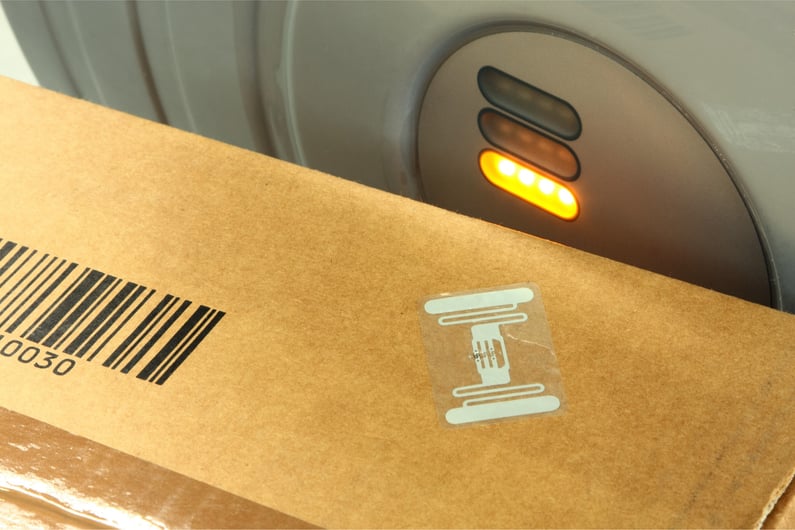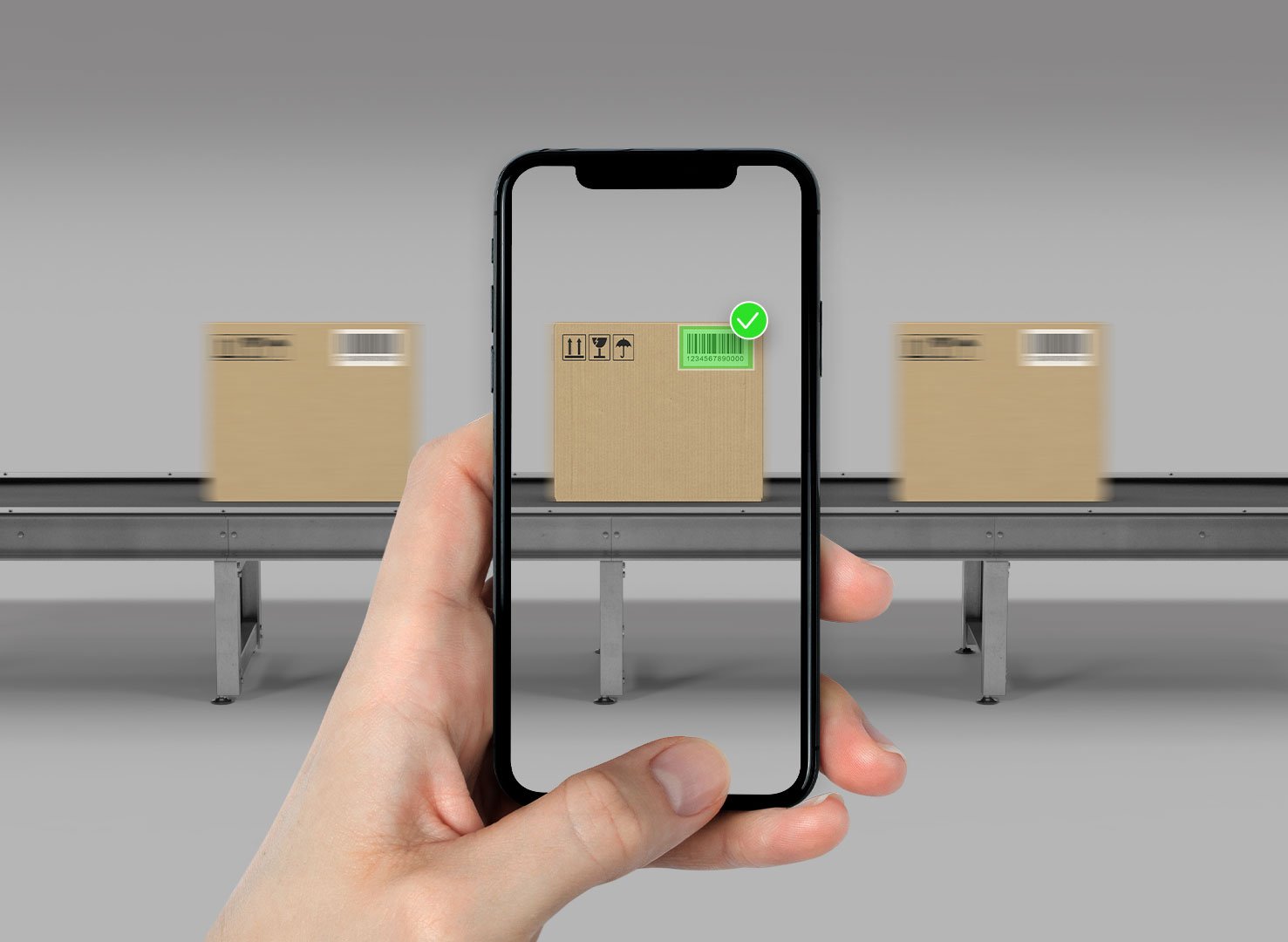Barcoding has consolidated its reign in warehousing and logistics with its safety and simplicity. But RFID technology is gaining ground.
Can Radio Frequency Identification (RFID) technology replace the ease of use that Barcoding brings to supply chain and logistics operations?
Not really! Companies now have two distinct options for tracking the journey of their items, from input production to consumption.
Each technology has its strengths and weaknesses, so what determines the best application for your business is a clear understanding of:
- The requirements you must meet;
- The business needs to be met;
- And your investment possibilities.
To help you choose the best way out for optimized inventory control and accurate traceability, we will define once and for all what Barcodes and RFID are, and list their applications!
Now that you know what you are about to read, dive in! But don't stop there. Talk to our team and keep studying.
Understand the main differences between RFID and Barcodes!

RFID technologies can process up to 100 labels simultaneously by means of radio frequency, while barcodes need a line of sight to capture the information.
How does Radio Frequency Identification work?
Radio Frequency Identification (RFID) transmits information from labels - known as tags - to a reader via radio waves.
Each tag has a sensor equipped with unique identifiers and connected to an antenna that transmits the data directly to the reader.
Being a technology based on radio waves, it is possible to distinguish three types of RFID:
- Low Frequency (LF) requires the tag to make closer contact with the reader;
- High Frequency (HF), has a range of up to 90 centimeters;
- Ultra High Frequency (UHF), for longer ranges that vary according to conditions and available technology.
How does the barcode scanning process take place?
The most common process for scanning barcodes is using light beams. The bars are illuminated by the beams, a process in which individual codes are read one at a time.
Today, however, there is smart software and devices that replace conventional readers and use cameras to capture the codes.
These solutions still require a line of sight, but support reading over long distances, scanning multiple codes simultaneously, at unmatched speed without sacrificing accuracy.
Why are barcodes still a better solution than RFID?

With more precise reading and lower implementation costs, barcodes can stand out when it comes to choosing the best solution for your business. Even so, we have put some information together to help you make the right choice.
1. Accuracy is a key factor!
Depending on the material used in your product (metals and liquids, for example), the reading through RFID can be impaired. In some cases, it would even be necessary to use specific tags, which would increase the operational cost.
Barcodes, on the other hand, regardless of the material used in the goods, can be read without harming the operation.
2. Speed and agility
For some, increasing code reading operation speeds is important. Therefore, they may end up choosing RFIDs, because they consider individual code reading to be slow.
Using software for barcode reading, such as RapidRX, could be the key differentiator that your company needs. Through the combination of high technology and innovations such as augmented reality, RapidRX allows users to simultaneously read more than one code. You are bound to achieve the speed boost you are looking for!
3. Costs are always at stake.
We have already talked about costs in the first section, and we will come back to them now. In comparison, RFID tags are more expensive than barcodes, which can cost a few cents, while tags cost a few dozen.
In addition to the cost of deployment, it is important to consider the cost for training and qualifications for the staff that will have to correctly operate the technology.
4. Logistics: single VS multiple verification.
RFID readers do not always distinguish what has already been scanned from what still needs to be processed.
When there are many boxes and pallets together, it is difficult to identify if any unit has been missed or if a new scan is needed.
In the case of RFIDs, you may need to create barriers between the sensors to ensure that you do not scan an item more than once, for example.
5. Security and privacy.
Have you considered that the large scanning and registration distance of TAGs may pose a security problem?
In some cases, people with an RFID reader can steal confidential information during your transactions.
An RFID verification system requires fresh efforts from your IT staff that must fight against potential hackers and suspicious activities.
Which solution are your business partners using?

Although popular in some countries, RFID technologies are not yet as widely used as barcodes.
Depending on the market conditions you are in, your partners may not have the necessary infrastructure to handle and integrate with an RFID system.
If you use RFID solutions in an unfavorable territory, you may be restricted to an exclusive group of suppliers and partners.
That way you may lose out on participating in new markets.
Analyze, research, and base your decisions on business needs.
Barcodes guarantee accessibility, efficient logistics, and security. Compared to RFID technology, the learning curve for the team is minimal.
The implementation of an RFID system requires careful planning.
When choosing between the two solutions be aware of the specifics of your business and especially the investments you are willing to make.
Count on the TrackTraceRX team of specialized professionals that is available to answer your questions and help your business.

COMMENTS